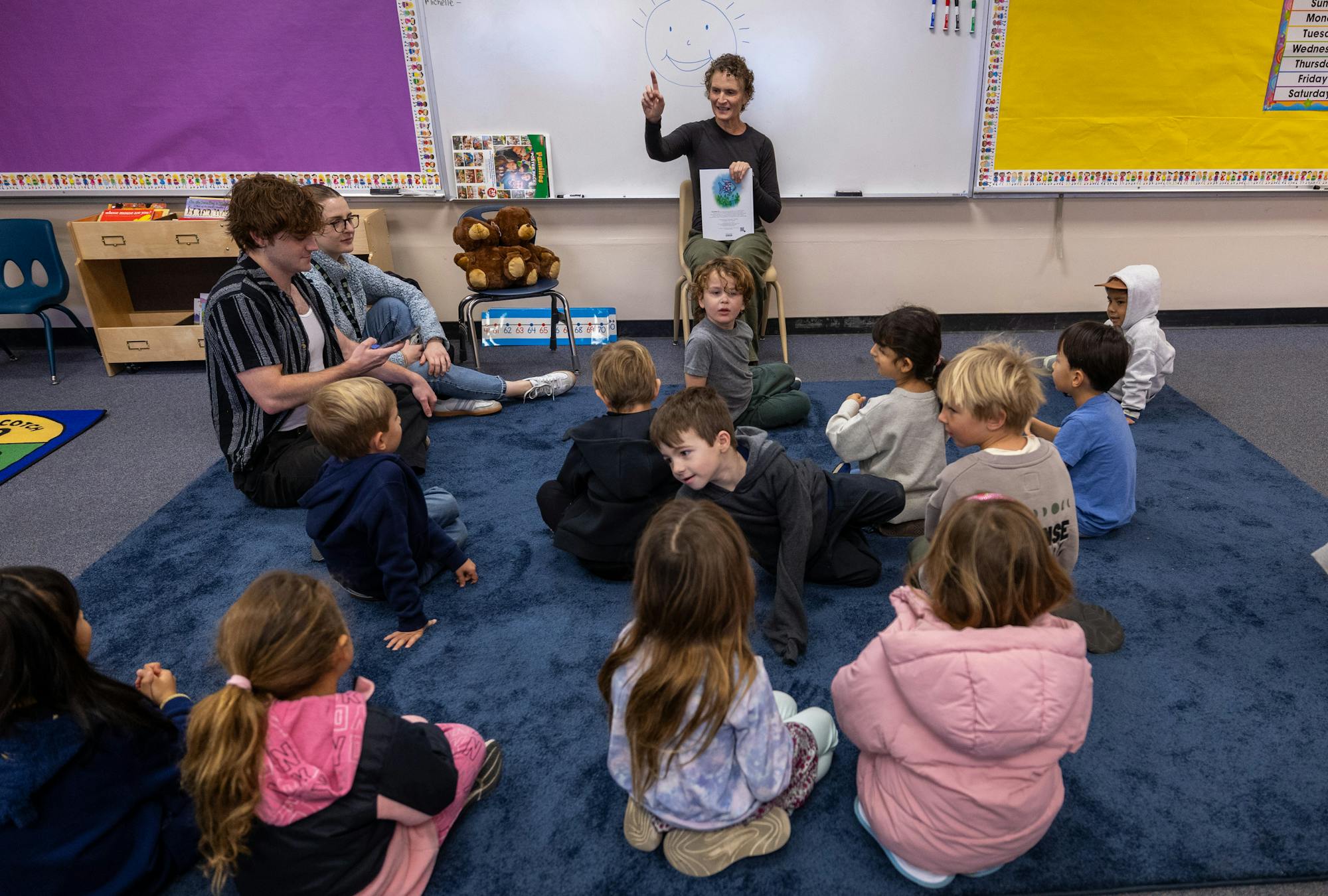
Teacher Shortages in Michigan: A Growing Crisis
In the fall of 2023, nearly 500 out of Michigan’s 705 school districts reported teaching vacancies. This number has more than doubled since the beginning of the 2012 school year, when only 262 districts faced similar challenges. However, this figure likely underestimates the true scope of the problem, as it does not account for substitute teachers or individuals who may have been hired without proper qualifications to fill open positions.
Local news reports and job boards indicate that some Michigan districts are still struggling to fill teaching positions for the upcoming academic year. The teacher shortage is not unique to Michigan; it is a nationwide issue. However, the situation in Michigan is particularly severe, with both the number of teachers leaving the profession and the overall teacher shortage exceeding national averages. Urban and rural communities, which often have underresourced schools, are hit hardest. Additionally, shortages are especially pronounced in specialized areas such as science, mathematics, and special education.
For over two decades, my work at Michigan State University has focused on designing and leading effective teacher preparation programs. My research explores ways to attract individuals to teaching and help them grow into successful classroom leaders. Understanding the root causes of teacher shortages is essential to developing sustainable solutions.
Factors Contributing to the Teacher Shortage
The teacher shortage is the result of multiple factors, including low salaries, heavy workloads, and a lack of ongoing professional support. A recent report found that Michigan teachers, like their counterparts nationwide, earn about 20% less than individuals in other careers that require a college education. From my experience working with teachers and district leadership across the state, I know that beginning teachers—especially those in districts with severe shortages—are often assigned the most challenging teaching loads. In some cases, they are forced to work without any planning time during their daily schedules.
The pandemic also played a significant role in exacerbating the crisis, as many educators left the profession due to increased stress and uncertainty. Another contributing factor is the large number of teachers who were hired during the 1960s and early 1970s, when school enrollments saw a dramatic increase. Many of these teachers have retired in recent years, further compounding the shortage.
Creating New Pathways to Certification
To address the growing need for qualified teachers, Michigan has begun exploring nontraditional routes to teacher certification. These programs aim to prepare educators more quickly and affordably. Various agencies, including the Michigan Department of Education, state-level grants such as the Future Proud Michigan Educator program, and private foundations and businesses, have supported these initiatives financially.
Some school districts, including the Detroit Public Schools Community District, have adopted this strategy to certify new teachers and fill vacant positions. Similar programs have emerged through partnerships between Michigan’s intermediate school districts, community colleges, and four-year institutions. For example, Grand Valley State University’s Western Michigan Teacher Collaborative targets college-age students, while Michigan State University’s Community Teacher Initiative encourages high school students to consider teaching as a career.
National programs such as Teachers of Tomorrow and Teach for America have also gained visibility. These programs allow candidates to work as full-time teachers while completing their training, often with minimal oversight or support.
Why “Stuffing the Pipeline” Isn’t Enough
However, simply increasing the number of new teachers entering the profession is not a long-term solution. Research shows that the loss of teachers is significantly higher among individuals in nontraditional training programs and for teachers of color. This attrition begins during the certification process and continues for several years after graduation.
The primary reasons for this include a lack of awareness of the complexities of school systems, insufficient mentoring during training, and the absence of instructional and professional guidance in the early years of teaching.
Strategies to Improve Teacher Retention
So, how can we encourage teachers to stay in the profession? Scholars have identified several key strategies to improve outcomes in both traditional and nontraditional teacher preparation programs:
- Temper expectations: Teaching is a critical profession, but setting unrealistic expectations can lead to burnout. Beginning teachers should not be expected to solve complex socioeconomic issues alone.
- Provide strong mentors: Student teachers benefit from working with experienced educators who can guide and support them throughout their training.
- Recognize the limits of online learning: While online programs offer convenience, they often lack the real-world experience necessary for effective teaching.
- Respect the process of "becoming": Professional development should continue beyond formal certification. Like other professionals, teachers need ongoing support to build their skills over time.
By valuing and supporting teachers throughout their careers, we send a powerful message that they are essential members of the community. This recognition can make a significant difference in retaining educators and addressing the ongoing teacher shortage.